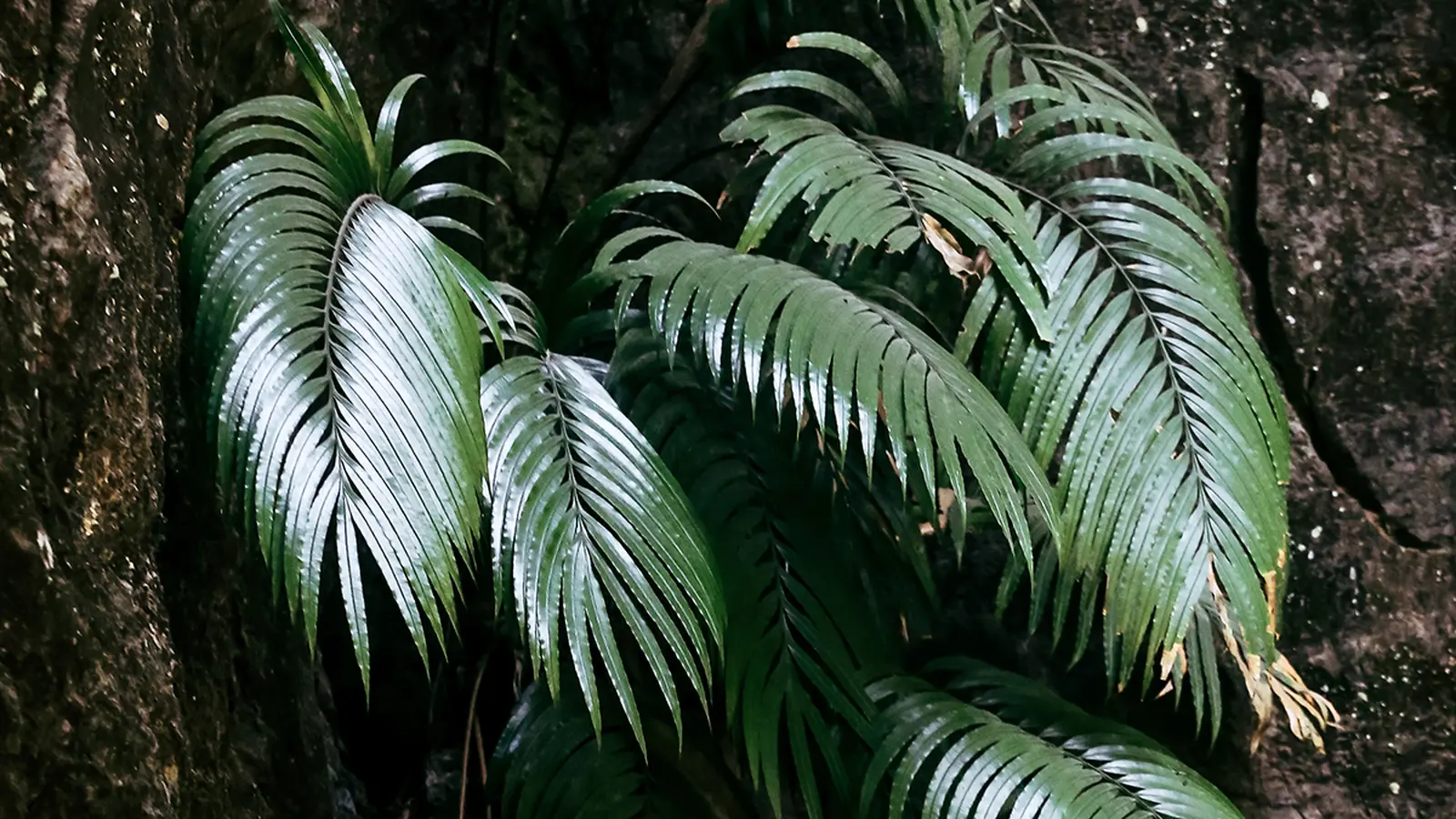3 Minutes
Researchers have discovered that certain ferns can concentrate rare earth elements (REEs) by forming microscopic monazite — a REE-bearing mineral — inside their tissues. This plant-driven process could open a new, greener pathway for extracting the metals that power electric vehicles, wind turbines, and many high-tech devices.
How ferns turn soil metals into microscopic ore
In studies of Borreria orientale (B. orientale), scientists found tiny monazite particles accumulating within plant structures after prolonged exposure to weathered soils. Monazite is a phosphate mineral rich in light rare earth elements and is traditionally mined from hard rock or heavy-mineral sands. The surprise here is biological: a plant appears to precipitate and sequester a functional ore mineral directly.
There are emerging signs that the phenomenon may not be unique to B. orientale. Field observations hint that another fern, Dicranopteris linearis, might show similar behaviour, but researchers note that direct evidence remains limited and further comparative work is needed to confirm whether this is widespread among other species.

Why this matters for clean energy and critical supply chains
Rare earth elements are indispensable for permanent magnets, batteries, and many electronic components. Current extraction and refinement are resource-intensive and concentrated in a few regions, creating environmental and geopolitical risks. Phytomining — harvesting metals via plants — could offer a low-impact complement to conventional mining by concentrating REEs in biomass rather than in large open pits.
'This discovery not only sheds light on REE enrichment and sequestration during chemical and biological weathering but also opens new possibilities for the direct recovery of functional REE materials,' the authors write in Environmental Science & Technology. 'This work substantiates the feasibility of phytomining and introduces an innovative, plant-based approach for sustainable REE resource development.'
Next steps: from plant ore to usable metals
Scientists now aim to develop extraction techniques that remove monazite from plant tissue and break it down into constituent REEs without significant losses. Challenges include scaling recovery methods, ensuring economic viability, and avoiding contamination. If successful, this approach could diversify REE supply chains and reduce the environmental footprint of critical material production.
Further research will test how widely the ability to form monazite is distributed across plant species and ecosystems. For now, the finding points to a novel intersection of botany, geochemistry, and resource science — and a promising, plant-powered route toward securing materials needed for a low-carbon future.
Source: sciencealert


Leave a Comment